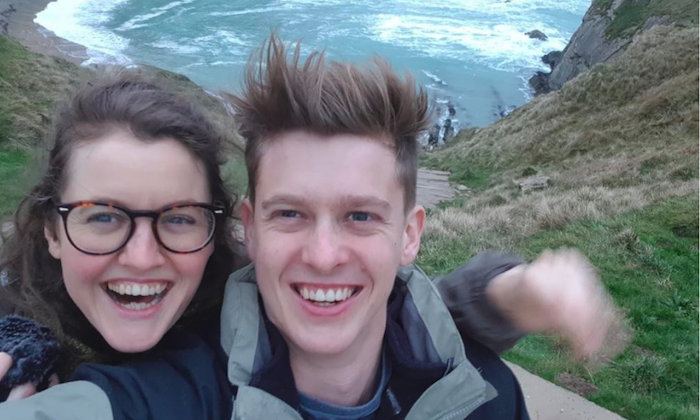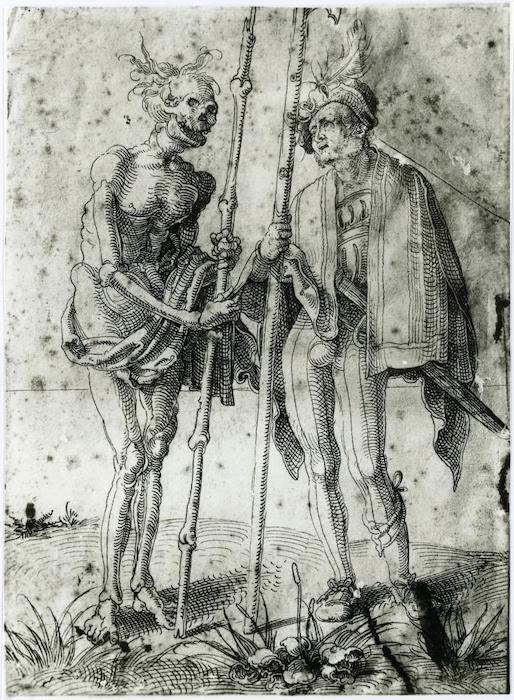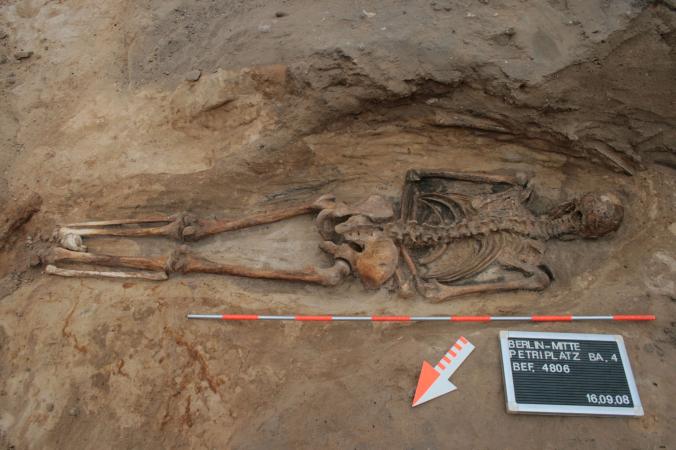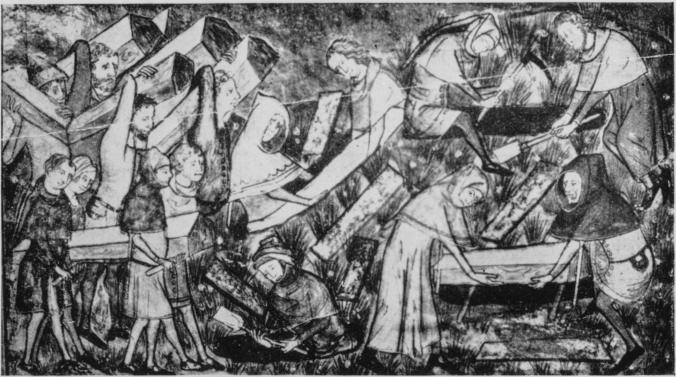Doctors change life-ending drugs to ease the final hours
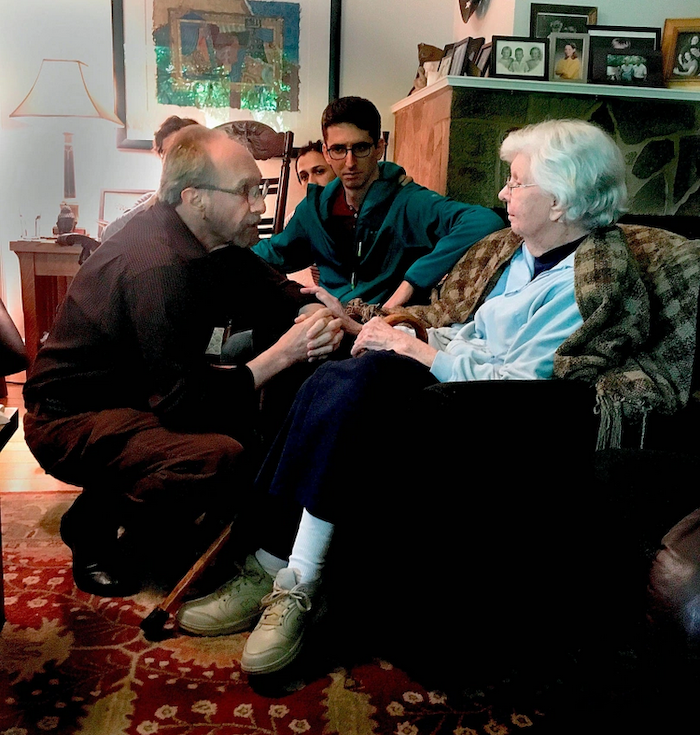
Modern medicine excels in ways to save a beating heart.
Yet hardly anything is known about how to humanely stop one.
Frustrated by the dearth of information about how to aid dying, Berkeley’s Dr. Lonny Shavelson is gathering data to guide other physicians through this new, important and sorrowful clinical frontier. Legalized in 2015, California’s End of Life Option Act allows doctors to prescribe life-ending drugs to terminally ill patients.
“We’re doing a medical procedure. And whatever is done in medicine should be done well, and consistently,” said Shavelson, 68, a UC San Francisco-educated former Emergency Room physician.
“Now we can tell patients: ‘We’re giving you the best protocol we have,’ ” said Shavelson, whose Bay Area End of Life Options medical practice has overseen 232 deaths. “And we’re getting better and better.”
When Californians passed the medical aid-in-dying law – inspired by Oakland’s Brittany Maynard, San Mateo’s Jennifer Glass and others who sought to end their suffering from cancer – voters assumed it promised them a neat Shakespearean-styled ending, like Romeo’s quick poisoning in Verona. That was the goal, but it didn’t always happen.
A little-known secret, not publicized by advocates of aid-in-dying, was that while most deaths were speedy, others were very slow. Some patients lingered for six or nine hours; a few, more than three days. No one knew why, or what needed to change.
“The public thinks that you take a pill and you’re done,” said Dr. Gary Pasternak, chief medical officer of Mission Hospice in San Mateo. “But it’s more complicated than that.”
So Shavelson, in collaboration with Washington-based retired anesthesiologist Dr. Carol Parrot, set out to compile data to help doctors help their patients. At a UC Berkeley-based conference last February, they co-founded the American Clinicians Academy on Medical Aid in Dying. The Academy’s 240 clinicians are now contributing and sharing their own experiences.

To each deathbed, seated with grieving family members, Shavelson brings a clipboard with drug names and dosage levels.
As minutes tick by, he measures falling oxygen levels, slowing cardiac rhythms and fading respiration. He tracks outcomes while providing care.
The pharmacologic findings, shared with clinicians nationwide, are dramatically reducing the incidence of long, lingering and wrenching deaths.
“It’s really helpful to have someone actually studying the utility of what it is we’re doing,” said Pasternak. “So much of what we’re doing has arisen empirically. He’s collected such great data.”
“Patients want a medication that is effective. They want a swift, peaceful death,” he said.
Using the initial drug regimen in place when the law was passed, 34% of all patients took longer than two hours to die; one man died after 11 hours. A second regimen reduced that to 20%. With the current protocol, fewer than 10% of patients take longer than two hours to die, and most patients die in 1.1 hours, on average.
The protracted deaths didn’t create suffering for patients; they are in a deep coma. But the lengthy vigils can be agonizing for loved ones.
“After two hours, people were starting to get concerned, and restless,” Shavelson said. They wonder what’s happening. People start walking around the room, going into the kitchen. It disrupts the meditative mood. Between two and four hours – that’s not ideal. Anything over four hours we consider to be problematic.”
“I was looking at what was happening and thinking: ‘This isn’t as good as it’s been hyped up to be,’ ” he said.
There’s no repository of information to help doctors in states that have passed aid-in-dying laws, representing 22% of the U.S. population. The U.S. National Institutes of Health won’t fund the research. Medical schools don’t teach it. Hospitals don’t oversee it. Without that official support, medical journals won’t publish any findings.
Traditional medical research is conducted at universities and medical schools, “and they won’t touch the topic,” said Shavelson. “They’ve completely abrogated their responsibility to patients who are dying … bowing out of their traditional role of teaching, research and providing quality care. It’s taboo. There’s still a stigma.”
When aid-in-dying was first passed in Oregon in 1997, patients were given secobarbital, sold under the brand name Seconal. It induces deep sleep, then a coma that is so deep that the brain no longer drives respiration.
But that drug wasn’t consistently quick. Then it became prohibitively expensive, finally unavailable.
To replace Seconal, the doctors invented a three-drug cocktail — a painkiller, sedative and a heart-slowing agent — based on their experiences with overdose deaths. They later added another cardiac drug. But problems remained.
While sitting at the bedsides of several six-hour deaths, Shavelson pondered what was going wrong. He speculated that one cardiac drug was rendered ineffective by the large quantities of the other drugs. So he separated that out and gave it earlier, so it had time to act.
When some delays persisted, he replaced one of the heart-slowing drugs for a heart-damaging drug.
Based on newly compiled data from Academy clinicians, the formula is about to be improved again, pending confirmation of results.
Shavelson and Parrot have identified which patients are more likely to linger, and can recommend adjustments. People with gastrointestinal cancer, for example, don’t absorb the drugs as well. Former opiate users often have resistance to some of the drugs. Young people and athletes tend to have stronger hearts and can survive longer with low respiration rates.
“We’re learning. Hypothesis, data and confirmation. This is what science is,” he said. “Our job is to stop the heart; that’s what they want us to do.
“We haven’t made it less sad. It’s still death. There’s tears and crying,” he said. “But it’s a better ending.”
Complete Article ↪HERE↩!



